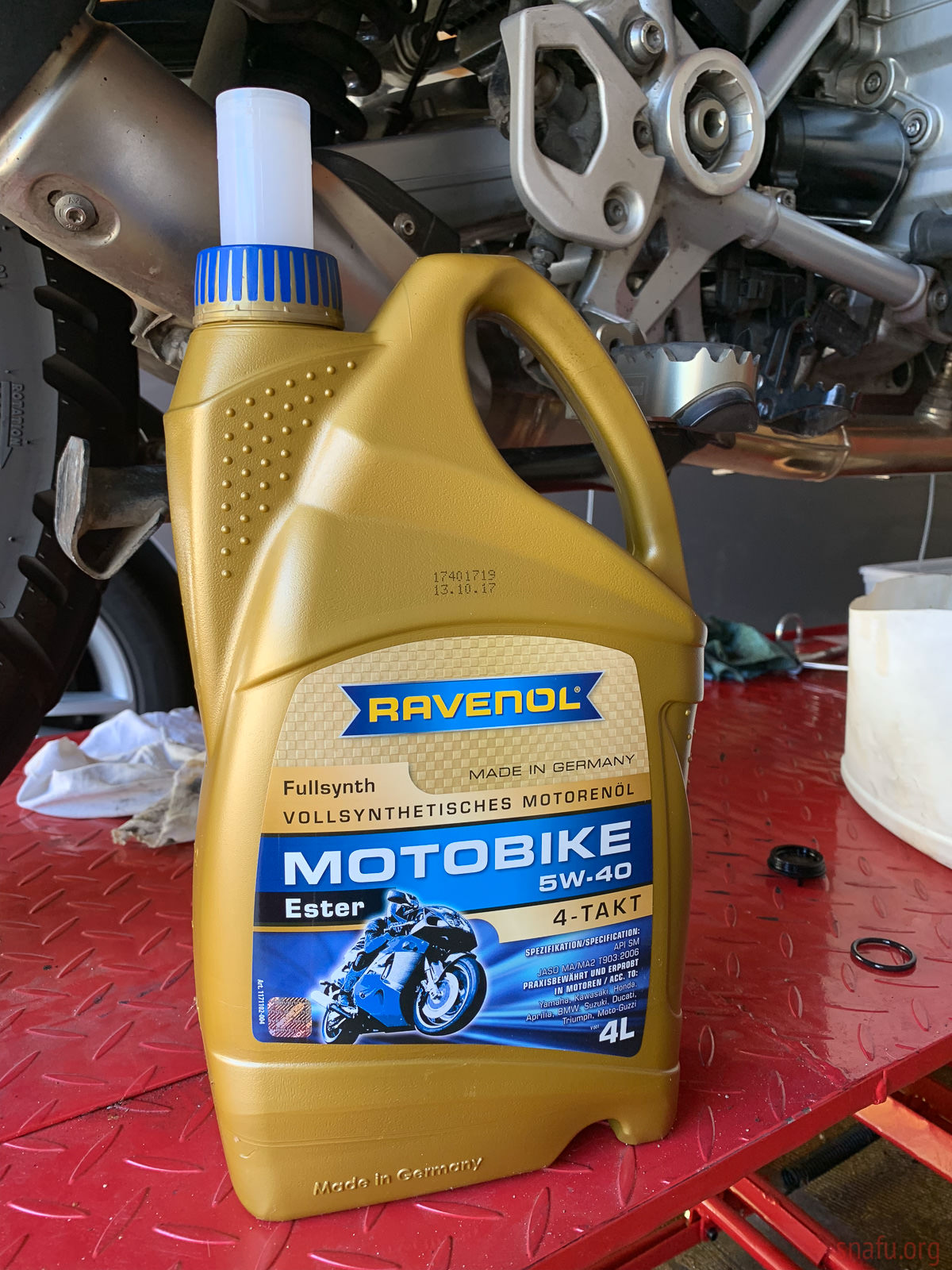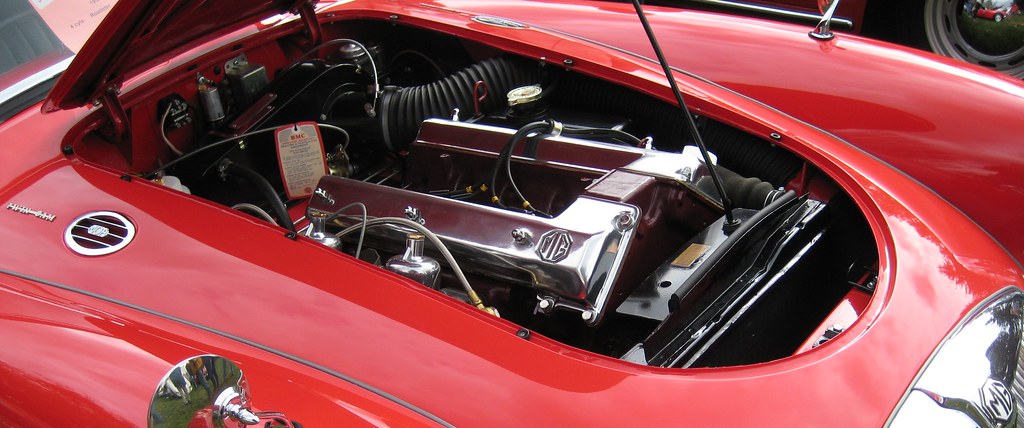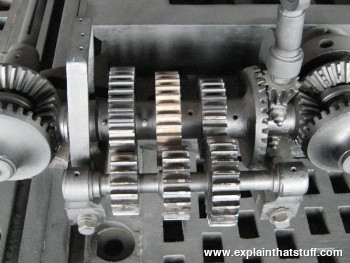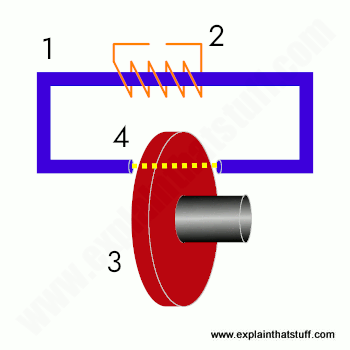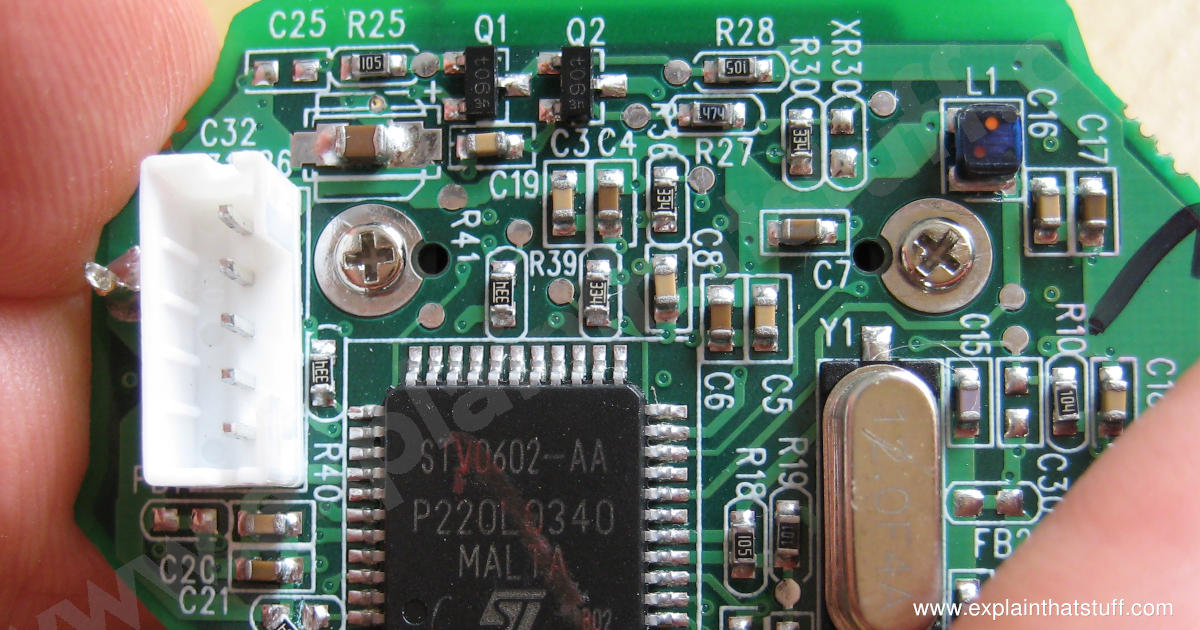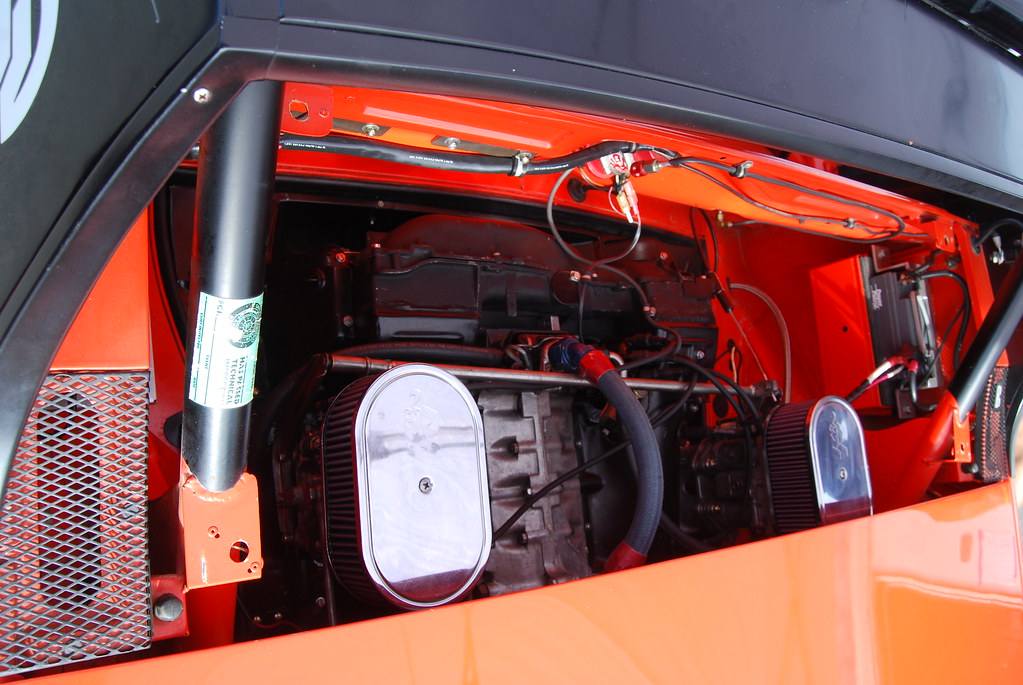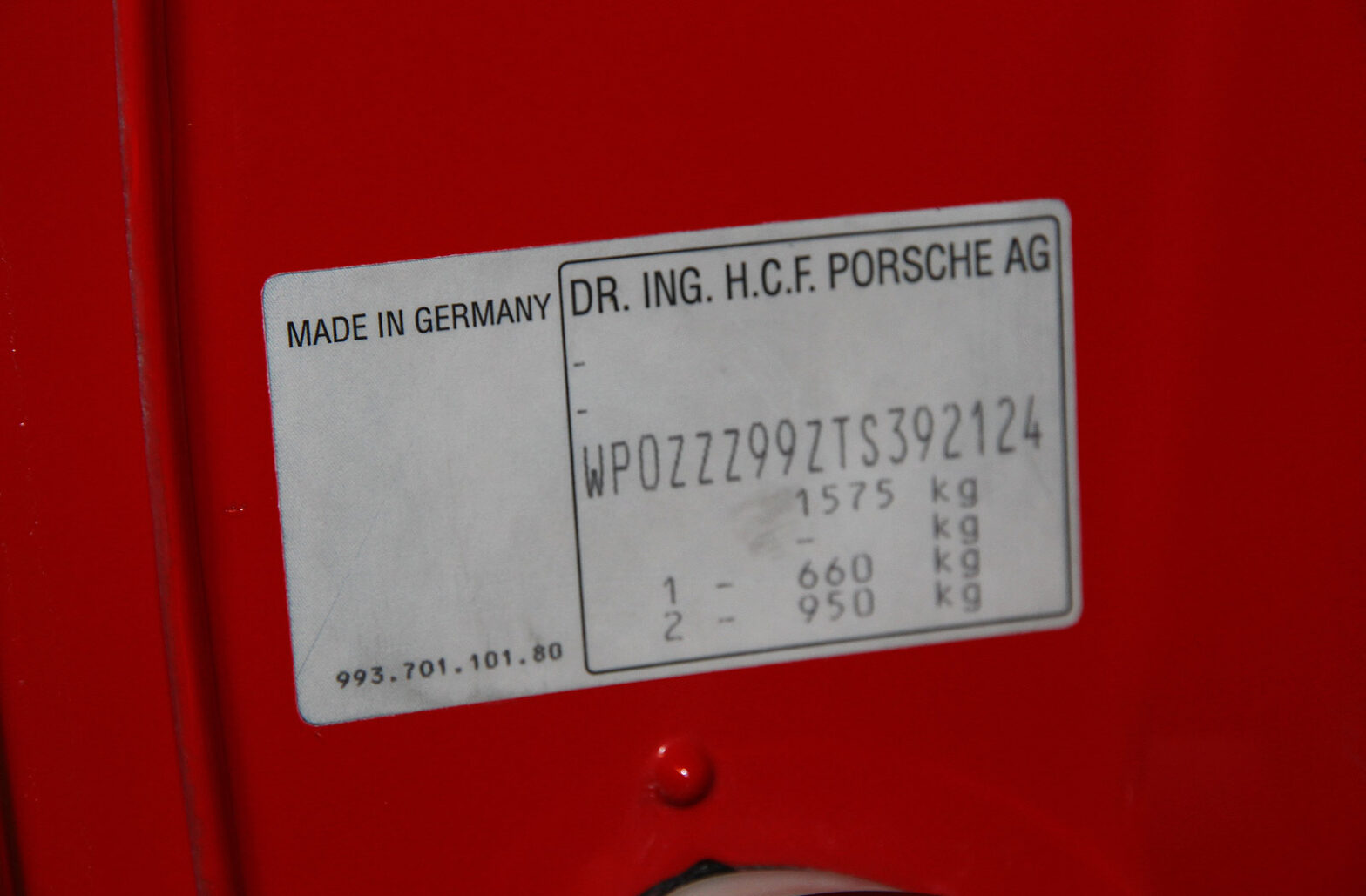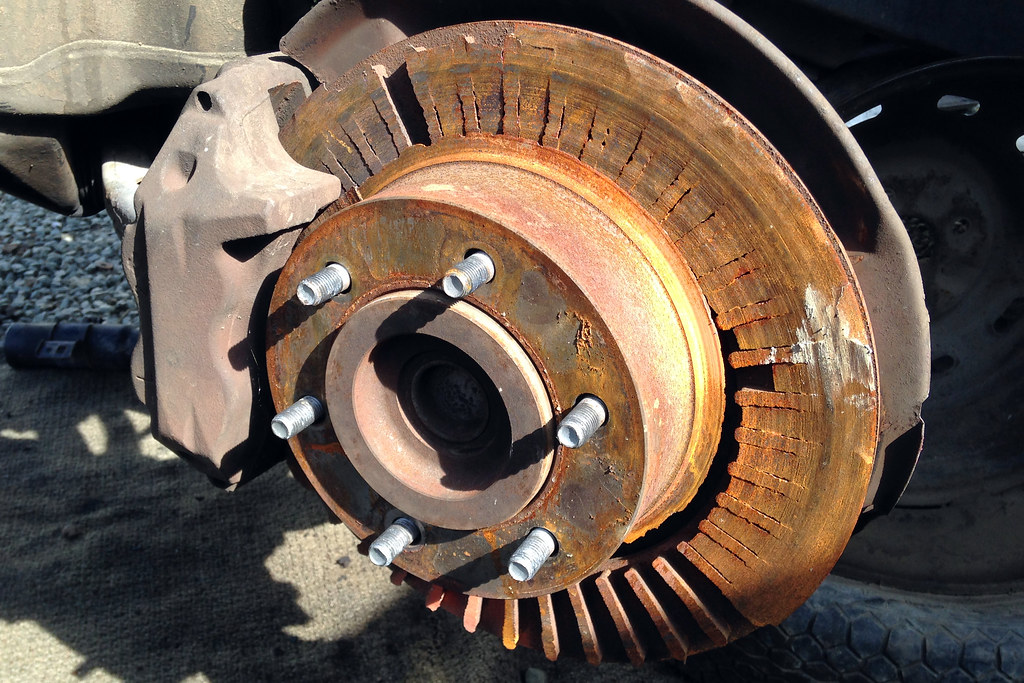1. Introduction
Motor oil is a crucial component of any vehicle and is responsible for lubricating the engine, reducing friction, and transferring heat away from the moving parts of the engine. It also helps to prevent corrosion and build-up in the engine, ensuring it runs smoothly and efficiently. The American Petroleum Institute (API) is an organization that sets standards for motor oil in order to ensure that it meets certain quality requirements. The API rating of a motor oil indicates how well it performs in terms of its viscosity, wear protection, and other factors.
2. What is API?
The American Petroleum Institute (API) is a trade association that represents the oil and natural gas industry in the United States. It was founded in 1919 with the purpose of promoting safety, health, and environmental stewardship within the industry. The API sets standards for motor oil that must be met before it can be sold commercially. These standards are designed to ensure that motor oils meet certain quality requirements so they can provide optimal performance for vehicles.
3. What Does API Stand For?
The acronym API stands for American Petroleum Institute. This organization sets standards for motor oils so they can provide optimal performance for vehicles. Motor oils must meet certain requirements set out by the API before they can be sold commercially and receive an API rating or service classification label on their packaging indicating their performance levels according to these standards.
4. How Is API Used In Motor Oil?
The API rating system classifies motor oils into different categories based on their performance levels according to certain criteria such as viscosity, wear protection, oxidation stability, detergency, and others. Oils with higher ratings are generally considered better quality than those with lower ratings as they provide better protection against wear and tear on engines while also providing improved fuel economy due to their lower viscosity levels which reduce drag on engine components during operation.
5 Types Of Motor Oil And Their Respective API Ratings
There are several different types of motor oil available on the market today each with its own respective API rating which indicates its performance level according to certain criteria such as viscosity, wear protection, oxidation stability, detergency etc.. Some common types of motor oil include conventional mineral-based oils which have an SAE (Society of Automotive Engineers) viscosity grade ranging from 0W-20 to 10W-30; synthetic blend oils which have an SAE viscosity grade ranging from 0W-20 to 5W-30; full synthetic oils which have an SAE viscosity grade ranging from 0W-16 to 5W-40; high mileage/specialty blends which have an SAE viscosity grade ranging from 0W-20 to 10W-40; and diesel engine oils which have an SAE viscosity grade ranging from 10W-30 to 15W-40 depending on their application type (e.g., light duty or heavy duty).
6 Benefits Of Using The Right Motor Oil For Your Vehicle
>
Using the right type of motor oil in your vehicle can help ensure optimal performance while also helping it last longer by reducing wear and tear on its components over time due to improved lubrication capabilities provided by higher quality oils with higher ratings according to the API standardization system.Additionally,using a higher quality motor oil can also help improve fuel economy as lower viscosities reduce drag on engine components during operation.Finally,using a higher quality motor oil can help protect against corrosion,build up,sludge,foaming,oxidation,acid formation,varnish deposits,etc.
7 Common Questions About API And Motor Oil
What does “API” stand for ? – It stands for American Petroleum Institute. What does “SAE” stand for ? – It stands for Society of Automotive Engineers.What type of motor oil should I use in my vehicle ? – The best type of motor oil will depend on your vehicle’s make,model,year,engine size,etc.You should always consult your owner’s manual when selecting a specific type or brand of motor oil for your vehicle.Is synthetic blend or full synthetic better ? – Generally speaking full synthetic will offer more benefits such as improved fuel economy due to reduced drag on engine components during operation as well as improved wear protection over conventional mineral based or synthetic blend options.Are there any benefits associated with using high mileage/specialty blends ? – Yes there are!High mileage/specialty blends offer improved lubrication capabilities compared to conventional mineral based options which helps reduce friction between moving parts thus improving overall efficiency while also helping extend your vehicle’s lifespan by reducing wear and tear over time.Do all diesel engines require special types of motor oils ? – Yes some do!Diesel engines typically require heavier weight diesel specific grades such as 10w40 or 15w40 depending on their application type ( e.g.light duty or heavy duty ).What is the difference between conventional mineral based vs full synthetic vs synthetic blend ? – Conventional mineral based options are typically less expensive but offer less benefits than full synthetics or synthetics blends such as improved fuel economy due to reduced drag on engine components during operation as well as improved wear protection over conventional mineral based options.Full synthetics offer even more benefits than conventional mineral based options such as improved fuel economy due reduced drag plus additional benefits such as increased oxidation stability & detergency compared with conventional & synthetic blends respectively.Synthetic blends combine some elements found in both conventional & full synthetics offering some cost savings while still providing some additional benefits over just using regular mineral based options alone like improved fuel economy & increased oxidation stability compared with just using regular mineral based options alone respectively
Unlock the Power of API: Discover What It Means for Your Motor Oil Performance!
What is the difference between SAE and API?
SAE stands for Society of Automotive Engineers (USA). Oils with an SAE oil classification (eg SAE 5W30) indicate their viscosity. API stands for American Petroleum Institute. API rated engine oil means that the lubricant meets minimum performance standards accepted by automakers.
What is the best API oil rating?
Currently the highest API grade for motor oil is SM. This oil was developed for all petrol engines currently in service and has been considered the standard ever since.
What is a good API for oil?
Crude oil usually has an API between 15 and 45 degrees. A higher API indicates a lighter (less dense) crude oil. A lower API indicates a heavier (dense) crude oil. Generally lighter crude oils (higher APIs) are more valuable because they produce more high-value light products as they pass through the refinery.
Can I use API oil in my car?
Surprisingly many drivers use API rated oil and think its API rated because its unfortunately misinterpreted as an oil change for their car. Not all API rated oils are safe for older vehicles.
What does SL mean in engine oil?
These are a range of high performance stable multigrade engine oils used in a wide variety of passenger car and light commercial vehicle engines that require API SL performance lubricants.
Can you switch from SAE to synthetic oil?
Yes It is okay to switch from mineral oil to synthetic oil (or vice versa) in a car and it will not harm the engine.
